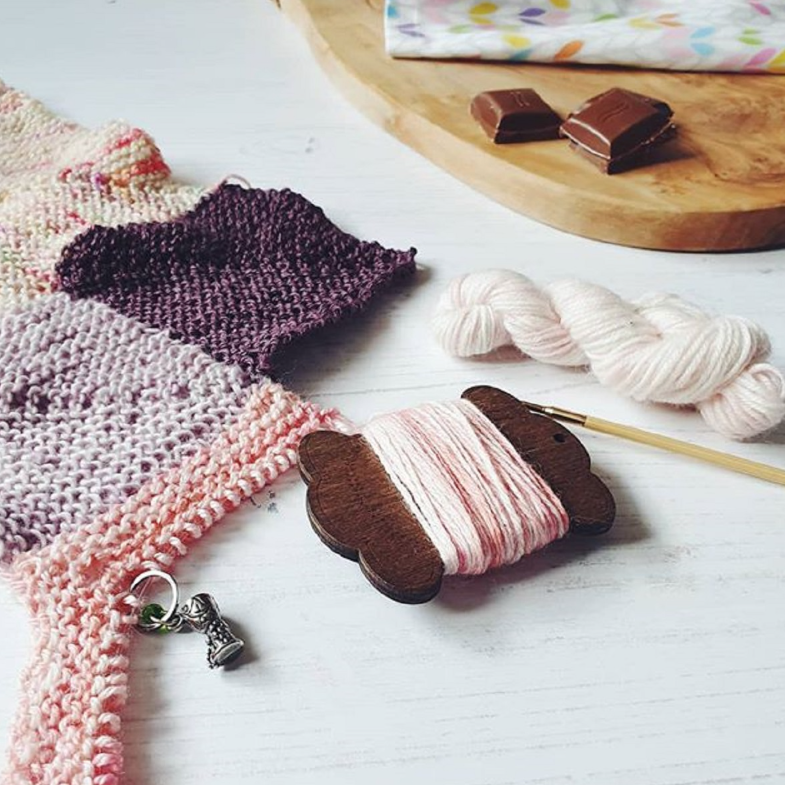I’m delighted to be able to announce that the Comfort Blanket KAL is back for 2025. Starting in 2019 I have run it as an annual event ever since (apart from 2022 when my father died)
The year doesn't seem complete without my most popular KAL event though so without further ado let me tell you what it's all about.
Tell me more...
The Comfort Blanket KAL 2025 is a 4 week KAL which walks you through every step of planning and getting started on your mitered square blanket journey. I say journey because these blankets - typically knit from leftover yarn are generally considered to be long term projects. No one is expecting you to churn out a blanket in 4 weeks - please don't worry.
Instead the KAL is intended as a springboard to get you started, with ideas and inspiration as well as practical tips for planning and construction.
The KAL will start on Monday 31 March and each Monday for 4 weeks you'll get an email with that week's topic. The information will also be available within a dedicated Facebook group where you will be able to hang out with fellow Comfort Blanket KAL'ers and chat about your various projects.
New for 2025
A Discord group for those who prefer a non-Facebook social media experience
A daily ‘Coffee Lounge’ thread for general chat about anything and everything
Weekly troubleshooting (ask me anything) threads if specific help is needed.








